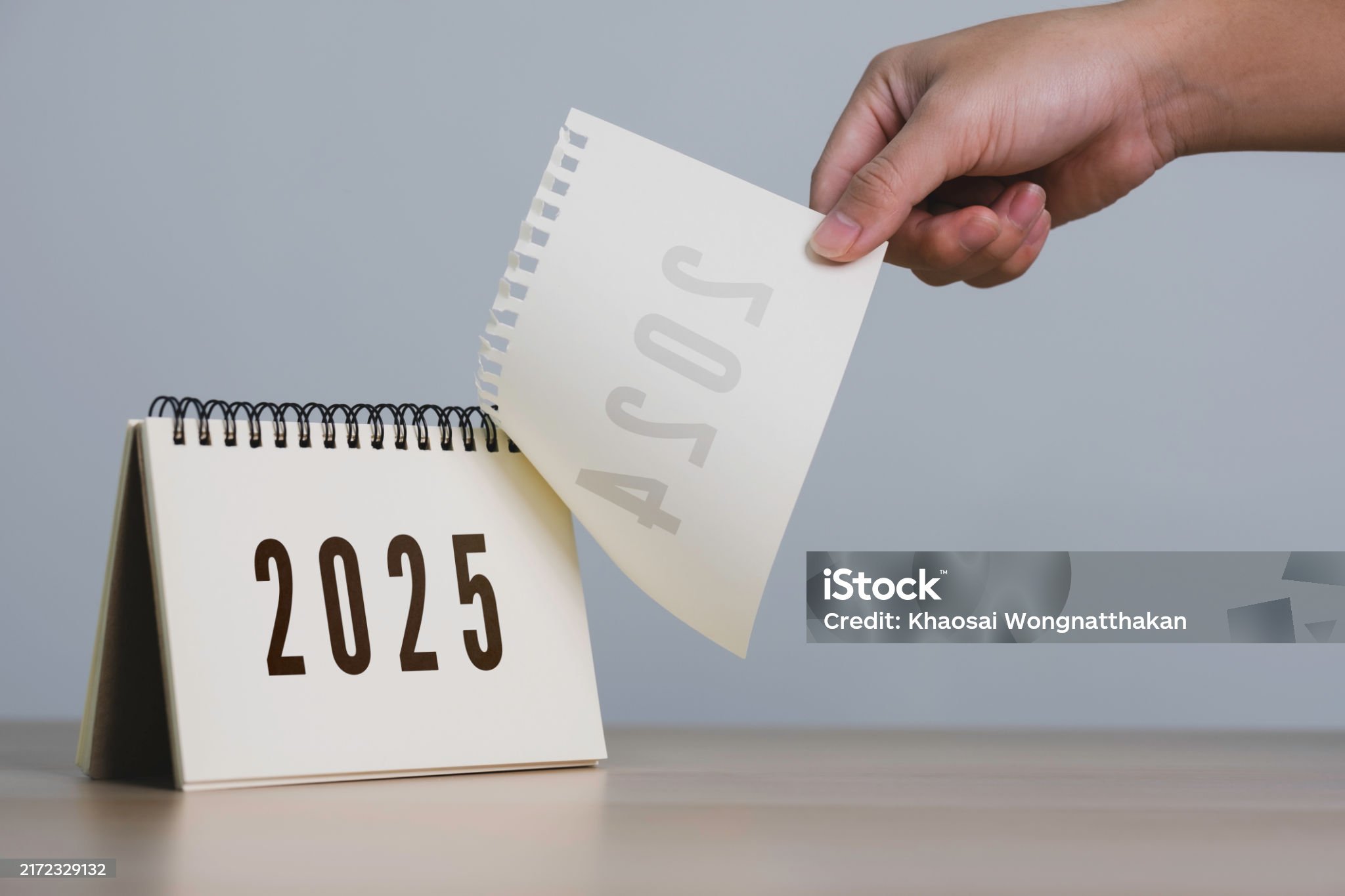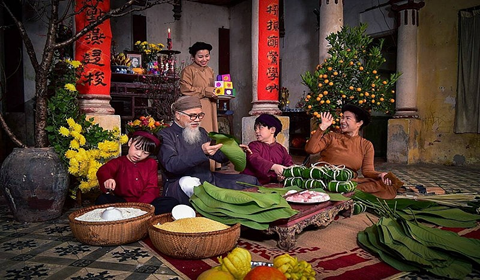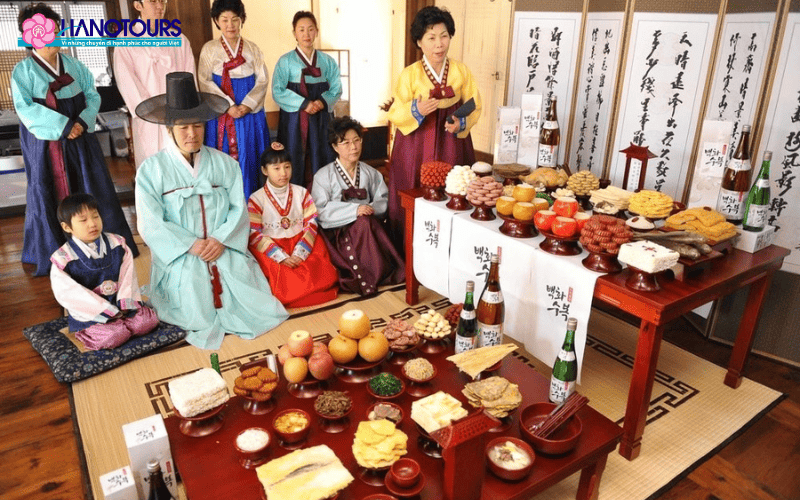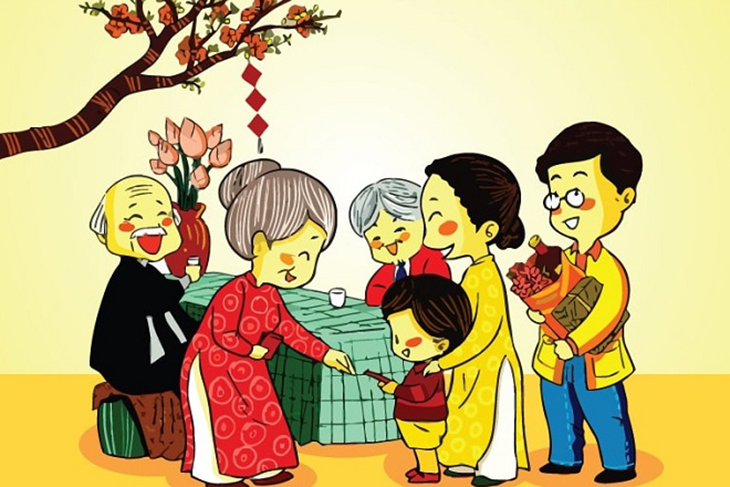The Lunar New Year is one of the most important and widely celebrated holidays in Asia. Rooted in centuries-old traditions, it marks the beginning of the lunar calendar and is observed in many countries, including China, Vietnam, Korea, Mongolia, and parts of Southeast Asia. While customs vary across regions, the essence of the celebration remains the same: family reunions, honoring ancestors, welcoming prosperity, and starting anew.
Origins and Significance

The Lunar New Year follows the cycles of the lunar calendar, meaning it usually falls between late January and mid-February. It symbolizes a fresh start, where people bid farewell to the past year's hardships and welcome blessings, happiness, and success in the year ahead. The festival is deeply influenced by cultural beliefs, folklore, and astrology, particularly the Chinese zodiac, which assigns an animal sign to each year in a 12-year cycle.
How Different Asian Countries Celebrate
China: Spring Festival (春节 - Chūnjié)
China's Spring Festival is the largest and most elaborate Lunar New Year celebration. Lasting for 15 days, it includes:
- Reunion dinners (年夜饭 - Niányèfàn): Families gather for a lavish meal on New Year's Eve.
- Red envelopes (红包 - Hóngbāo): Elders give lucky money to children.
- Fireworks & lion dances: Symbolizing the driving away of evil spirits.
- Lantern Festival: The celebration ends with a display of lanterns and sweet glutinous rice balls (汤圆 - Tāngyuán).
Vietnam: Tết Nguyên Đán (Tết)
Vietnamese Tết is the most important holiday in the country, with traditions similar to China but with unique cultural elements:

- Bánh chưng & bánh tét: Traditional sticky rice cakes wrapped in banana leaves.
- Kumquat trees & peach blossoms: Symbols of prosperity and renewal.
- Li xi (red envelopes): Given to children and the elderly for good fortune.
- Family ancestral worship: A crucial ritual to honor ancestors.
Korea: Seollal (설날)

Koreans celebrate Seollal, a three-day holiday focused on family and respect for elders:
- Charye (차례): A special ritual to honor ancestors.
- Sebae (세배): Younger family members bow to elders for blessings.
- Tteokguk (떡국): Eating rice cake soup symbolizes growing one year older.
Mongolia: Tsagaan Sar (White Moon Festival)
In Mongolia, the White Moon Festival is a time of unity and gratitude:
- Bantan & buuz: Traditional dishes served during the celebrations.
- Elders are honored: Young people visit and pay respect to their elders.
- Horse racing & wrestling: Traditional sports held during the festivities.
Common Traditions Across Asia
Despite differences in specific customs, many traditions are shared:
✅ Cleaning the house: Sweeping away bad luck to make room for good fortune.
✅ Decorating with red: The color symbolizes luck, happiness, and prosperity.
✅ Family reunions: Strengthening bonds and honoring traditions.
✅ Festive foods: Each dish carries symbolic meaning, such as dumplings for wealth and fish for abundance.
A Festival of Unity and Hope

The Lunar New Year is more than just a holiday—it is a time for renewal, gratitude, and aspirations for a better future. It unites millions of people across Asia and beyond, reminding us of the importance of family, tradition, and optimism. No matter where it is celebrated, the Lunar New Year continues to bring joy, prosperity, and a fresh start to all who welcome it.
🎊 Chúc mừng năm mới! (Vietnamese)
🎊 新年快乐! (Xīnnián kuàilè!) (Chinese)
🎊 새해 복 많이 받으세요! (Saehae bok mani badeuseyo!) (Korean)
🎊 Шинэ жилийн баярын мэнд хүргэе! (Mongolian)
Happy Lunar New Year! 🏮🐉🎇
